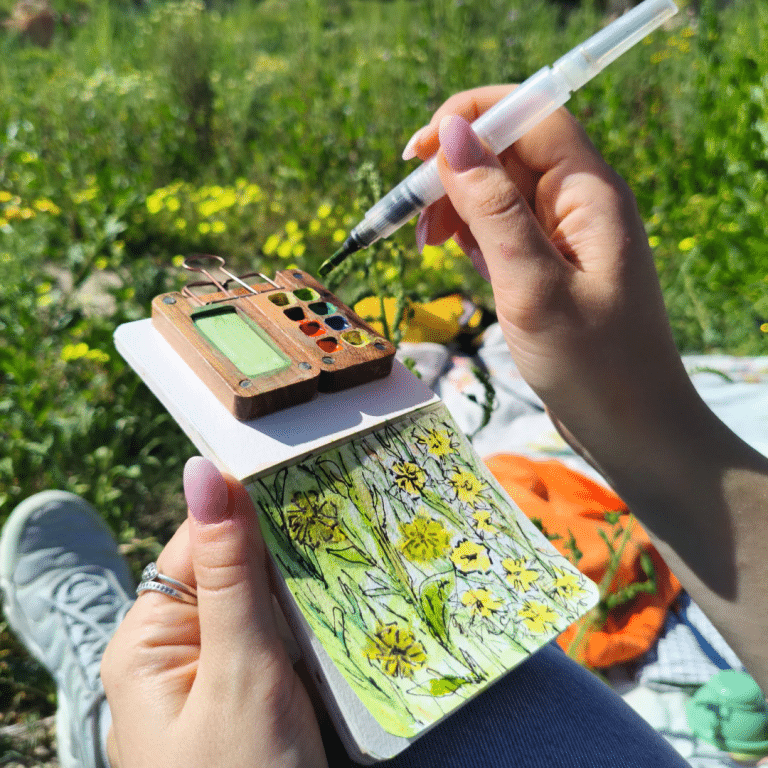Foxtail ferns have become a favorite among gardeners due to their lush, arching fronds and vibrant green color. Unlike typical ferns, the foxtail fern, scientifically known as Asparagus densiflorus ‘Myers’ features a unique, bushy appearance that adds texture and interest to any garden or home setting.
Understanding a plant’s cold hardiness is vital for gardeners, particularly those cultivating foxtail ferns. Cold hardiness refers to a plant’s ability to survive harsh winter conditions. This knowledge is essential for ensuring the well-being of these charming plants during colder months. In this article, we will delve into foxtail fern cold hardiness, growth tips, shopping recommendations, and essential care practices. For those new to plant zones, learning about plant hardiness can be beneficial.
Understanding Foxtail Fern
The foxtail fern is distinctive with its needle-like leaves that grow in dense, plume-like formations, often resembling a fox’s tail. This aesthetic quality makes them suitable for:
- Landscape borders: Their bushy form creates a soft garden edge.
- Container gardening: Ideal for patios or indoor spaces.
- Ground cover: Their durability and spread can create a green carpet in certain climates.
These plants thrive in USDA zones 9-11, showcasing limited cold tolerance.
In landscaping, foxtail ferns are valued for their resilience and low maintenance. Recognizing their scientific name, Asparagus densiflorus ‘Myers,’ can aid in accurate identification, ensuring the right plant for the intended location. With their versatility and aesthetic appeal, foxtail ferns deserve a place in your gardening plans.
Foxtail Fern Cold Hardiness Explained
Cold hardiness pertains to a plant’s ability to survive low temperatures. For foxtail ferns, understanding cold hardiness is crucial to ensure thriving growth.
- USDA Hardiness Zones: Foxtail ferns typically thrive in USDA hardiness zones 9 to 11, known for mild winters conducive to outdoor growth. However, for those residing in colder areas, protecting plants from harsh weather is essential.
- Cold Climate Protection Tips:
- Mulching: Utilize mulch around the plant base to retain soil warmth and moisture.
- Covering: During frost, shield the ferns with blankets or burlap for insulation.
- Container Planting: Growing foxtail ferns in pots allows for easy indoor relocation when temperatures drop.
How Big Do Foxtail Ferns Get?
Foxtail ferns are known for their lush, bushy appearance, adding elegance to gardens.
- Typical Size:
- Height: Foxtail ferns typically reach 2 to 3 feet tall.
- Width: They can spread to about 3 to 4 feet wide, creating a full and vibrant look.
- Growth Influences:
- Location: Preferring bright, indirect sunlight, with partial shade tolerance. Excessive direct sunlight can damage leaves.
- Climate: Optimal growth thrives in consistent moderate temperatures without extremes.
- Soil Type: Well-draining soil that maintains moisture without waterlogging is crucial for healthy development.
Where to Buy Foxtail Fern | Foxtail Fern for Sale
Foxtail ferns’ unique charm makes them a sought-after plant for many gardening enthusiasts. If you’re considering adding this versatile plant to your collection, various options are available:
Popular Purchase Locations
- Local Garden Centers: Ideal for firsthand plant inspection with staff advice on care and planting times.
- Home Improvement Stores: Major chains often feature garden sections carrying foxtail ferns.
- Online Plant Nurseries: Websites like Simply Trees provide a diverse selection with home delivery convenience.
- Specialty Plant Stores: Specialty outlets may offer exotic and rare plants, increasing the chances of finding multiple foxtail fern varieties.
Buying Considerations
- Plant Health: Look for vibrant foliage without yellowing or signs of pests.
- Size: Consider mature size requirements for space planning.
- Roots: If possible, inspect the root system as healthy roots indicate overall plant health.
Comparing Foxtail Plant and Foxtail Asparagus Fern
When shopping for foxtail ferns, terms like “foxtail plant” and “foxtail asparagus fern” may arise. Here’s a breakdown to clarify any confusion:
Synonymous Terminology
- Foxtail Plant and Foxtail Asparagus Fern: Often used interchangeably, both terms denote the same species, scientifically known as Asparagus densiflorus ‘Myers’.
Addressing Labeling Discrepancies
Exercise caution regarding plant labeling variations. Cross-referencing botanical names ensures accurate plant identification, promoting consistent terminology in usage.
By considering these insights and references, you can confidently identify and acquire the ideal foxtail fern for your gardening needs.
Tips for Caring for Your Foxtail Fern
Foxtail ferns, with their feather-like foliage, can enhance any garden’s beauty. To promote year-round thriving, adhere to these essential care tips:
- Sunlight Requirements: Opt for bright, indirect light, avoiding excessive direct sunlight to prevent leaf scorching.
- Watering Regimen: Maintain soil moisture consistently, allowing the top inch to dry between waterings to avert root rot. Adjust watering frequency during hotter seasons.
- Soil Needs: Employ well-draining soil rich in organic matter for balanced growth.
- Fertilization: Apply a balanced, water-soluble fertilizer in spring and summer to stimulate lush growth.
- Pruning and Maintenance: Trim yellowing or dead fronds to encourage new growth and maintain plant health.
- Pest and Disease Control: Regularly inspect for pests like aphids or spider mites, treating with suitable remedies like insecticidal soap or neem oil.
Summary and Next Steps
In conclusion, foxtail ferns offer a unique appeal with adaptability and aesthetic charm. Key considerations for successful cultivation include understanding cold hardiness, growth potential, reputable purchase locations, terminology clarity, and essential care practices for year-round health.
Beyond aesthetics, foxtail ferns provide practical benefits like air purification and low maintenance. Explore local gardening resources or seek expert advice for personalized insights as you contemplate adding them to your space.













